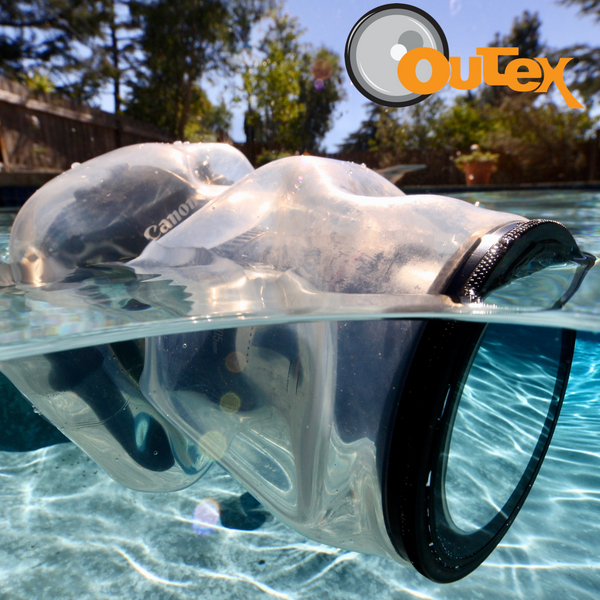How to reduce fogging
Apr 17, 2023
There’s no getting around physics, and certain conditions are a direct result of competing elements that don’t usually come together. All cameras are different, and some generate or isolate more heat than others. User conditions are also different, so if you’re running video and tethering in the Bahamas, your heat coefficient is likely different from a casual snorkeler in Southern California. Rather than explaining all the variables associate with fogging, we’re focusing on some tips/tricks:
- Turn your battery on only as needed, since that’s the heating element for the trapped air inside your housing.
- If you can, reduce the amount of trapped air inside the housing.
- Seal your housing in a cool environment. Cool air has less moisture, which will inherently condense less than warmer air.
- Pack a silica-gel pack inside the housing. The moisture-wicking qualities of these desiccant packs helps reduce internal humidity.
- In case of over-heating of the gear, turn it off, allow it to cool, and vent it by opening the housing.
- Avoid direct sunlight to prevent overheating.
- Keep the gear in the housing in an environment that’s similar to your shooting environment. In other words, avoid extreme changes, such as direct sunlight for several minutes right before you jump into a very cold body of water. For example, if you’re in a boat, keep the camera in the shade, covered, or in a cooler so that the temperature swing in use won’t drastically differ.
- Acclimatize in the shooting environment. In other words, wait for the fogging to subside on its own. For example, if you see fogging from jumping into the water, give it a few minutes. The water temperature itself may counterbalance the camera’s battery heat and self-regulate.



